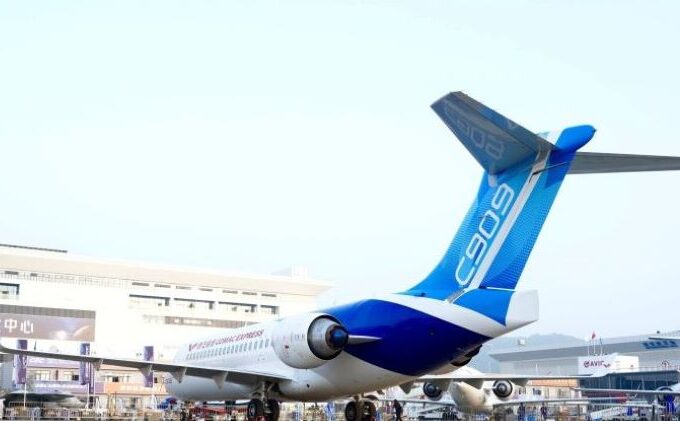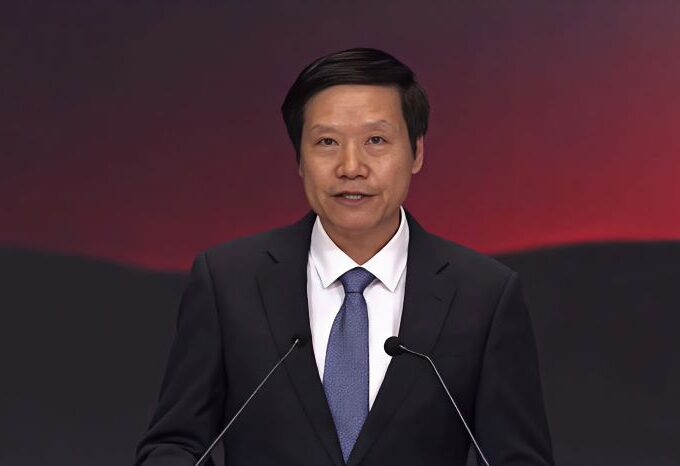On August 6, 2025, a statement from the U.S. National Highway Traffic Safety Administration (NHTSA) sent shockwaves through the global autonomous driving industry. Zoox, the autonomous driving company under Amazon, successfully received a special exemption, becoming the first company in the U.S. permitted to test autonomous vehicles without traditional control devices such as steering wheels and brake pedals on public roads. This decision breaks the long-standing reliance on traditional driving interfaces in autonomous vehicle testing and opens a new path for technological innovation in the industry.
As the first U.S. domestic vehicle manufacturer to benefit from the NHTSA’s autonomous vehicle exemption program, Zoox’s breakthrough is of historic significance. It not only marks a key step in the U.S. regulatory framework’s efforts to balance safety and innovation but also signals that the future of “driverless control interfaces” has officially moved from the conceptual design phase into practical verification, injecting new momentum into the global development of autonomous driving technology.
Policy Innovation: NHTSA Exemption Plan Opens the Gate for Technological Experiments
This exemption marks a critical step in the U.S. Department of Transportation’s push for the commercialization of autonomous driving technology. Under NHTSA’s newly expanded autonomous vehicle exemption program, Zoox becomes the first U.S. domestic vehicle manufacturer to receive such an exemption. This policy breakthrough is not a coincidence but the result of years of deep collaboration between regulators and companies—NHTSA and Zoox have been conducting technical discussions and safety evaluations since the introduction of Zoox’s prototype for uncontrolled autonomous vehicles in 2022.
The terms of the exemption reflect policy flexibility while adhering to safety standards. Under the terms, Zoox must clearly remove any claims that the vehicles meet traditional federal motor vehicle safety standards, emphasizing the special nature of these custom vehicles. The exemption allows Zoox to deploy up to 2,500 test vehicles per year, with a two-year exemption period, providing ample room for technological iterations. Additionally, Zoox is required to undergo strict real-time monitoring and periodic reporting by NHTSA to ensure the traceability and safety of the testing process. This “limited openness with full supervision” model offers a framework for balancing technological innovation with public safety.
Technological Leap: From “Assisted Driving” to the “Native Driverless” Paradigm Revolution

The vehicles approved for testing by Zoox represent a fundamental shift in autonomous driving technology, from “retrofit adaptation” to “native design.” Traditional autonomous vehicle test cars are often based on existing production models and retain human control devices like steering wheels and brake pedals as safety redundancies, meaning they have not fully broken free from reliance on human driving interfaces. Zoox’s custom-designed vehicles, however, completely abandon traditional control devices from the outset, employing electric propulsion, bidirectional driving, four-wheel steering, and other innovative designs. Through multi-sensor fusion perception, redundant computing systems, and vehicle-to-infrastructure collaboration technologies, Zoox has created a safety framework that enables a “driverless control-free” architecture for autonomous vehicles.
This technological revolution offers multiple advantages. On one hand, eliminating traditional control devices allows for a reimagined interior layout, offering a more comfortable face-to-face seating arrangement and providing passengers with an entirely new travel experience. On the other hand, the native design ensures closer integration between the autonomous driving system and the vehicle hardware, reducing compatibility issues caused by retrofit adaptations and improving system stability and response speed. More importantly, the lack of control devices drives the safety system to shift from “passive redundancy” to “active defense,” where AI algorithms continuously learn and iterate to create a risk mitigation mechanism that is more reliable than human driving. This test will provide real-world validation opportunities for these innovative technologies, accelerating their maturation and commercialization.
Industry Impact: Reshaping the Autonomous Driving Competition Landscape and the Future Mobility Ecosystem
Zoox’s exemption not only represents a breakthrough for the company but will profoundly impact the development of the global autonomous driving industry and the construction of future mobility ecosystems. For Amazon, this approval signifies a key step in its smart transportation strategy—through Zoox’s technological accumulation, Amazon can integrate autonomous driving capabilities into its core businesses such as e-commerce logistics and cloud services, exploring fully automated solutions for both cargo transportation and passenger mobility, and building an “online service + offline mobility” ecosystem.
From a competitive industry perspective, this event could trigger a ripple effect. Other autonomous driving companies may accelerate the development and application for control-free vehicles, prompting regulators to further refine exemption policies and standard systems, thus propelling the industry’s transition from “conditioned testing” to “full driverless” adoption. At the same time, the technical data and safety experience accumulated during testing will provide important references for the formulation of global autonomous driving standards and help the U.S. take a leadership role in the global regulatory discourse on autonomous driving.
From a broader perspective, large-scale testing of control-free autonomous vehicles will drive changes in supporting systems such as road infrastructure, traffic management systems, and insurance frameworks. Traffic signals will need to adapt to the collaborative requirements between vehicles and infrastructure, road designs will have to accommodate the unique characteristics of autonomous vehicles, and liability and insurance models will need to be redefined. These changes will collectively push urban transportation systems toward being more efficient, safer, and more environmentally friendly. The “policy + technology” collaboration between NHTSA and Zoox is quietly opening the curtain on the era of future intelligent mobility.












